This Monday marks our last at Isfjord Radio. The routine that we've become so accustomed to is slowly coming to an end and with the days numbered, the final push for data, samples, and gear shuttling has begun. You'll hear today's plan shortly but the coming days are now outlined…
Tuesday: I'll be joining a group to head up to Kongressvatnet, the largest of the karst lakes in the Linne vicinity to recover, download, and redeploy a mooring with probes. One group is off to the glacier to complete the penultimate analysis and start the gear trips home. A group of two is off to map a few more bits in the karst. The last is on the lake to recapture Helena's temporary sediment traps.
Wednesday: A big group heads to the glacier for the last of the gear (iscos, batteries, water samples). The last of Lake Linne instrumentation must be gathered and hiked back. A small group will finish surveying the final lake near Isfjord Radio.
Thursday: Packing day. This is the last full day at Isfjord Radio and left to make sure everything gets ready to go bright and early on Friday. Science will take place only if it is of utmost importance. You wait and plan essential activities on the packing day…they just tend to happen…
Friday: Adios Isfjord Radio, hello to the urban jungle that is Longyearbyen. Oslo will seen like a visit to 'Tron' in comparison but we'll deal with that when it comes.
As for our final case of "the Mondays…"
With Hanne in town to see us through the end of the field season, she brought the whole group out to see her extensive permafrost data monitoring system at Kapp Linne (I've probably completely forgot to ever explain but Kapp Linne stands for the name of the point in the fjord we occupy). Her instrumentation was almost as impressive as her knowledge of the subject she researches. From her lecture she gave us last night and today's sights, I've got a newfound respect for the field of permafrost research I always knew was alive and well but had never ventured too far into. Did you know that approximately 25% of the earth's terrestrial landscape is considered permafrost (that being ground that is below 0 degrees celsius for two years or more)? More facts to follow…students of mine…many more. Regardless of if you're a student or not I encourage anyone to check out the data present at the UNIS website or visit Ole Humlum's www.climate4you.com. Check out the following pictures for a brief guided tour of Hanne's research sites.
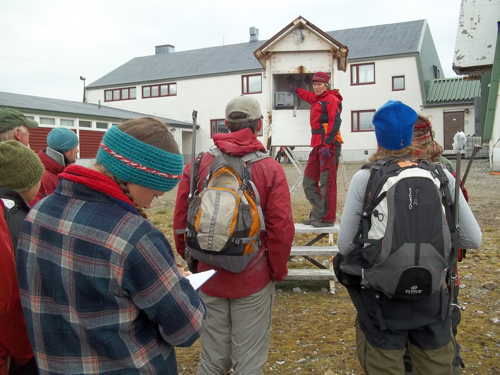
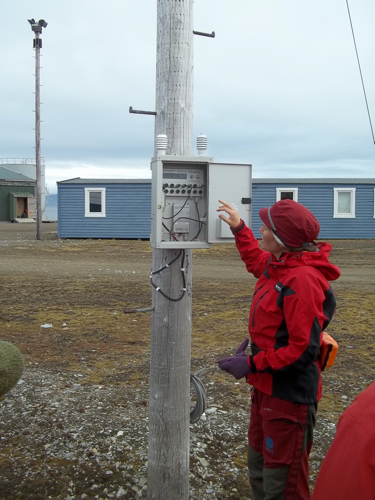
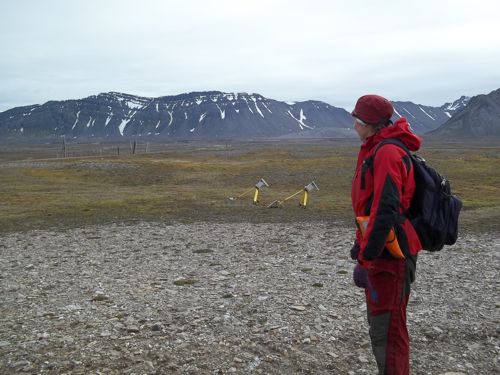
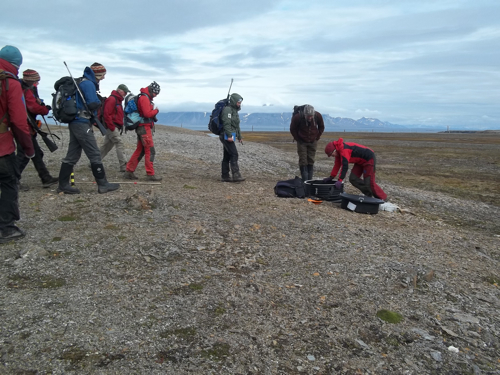
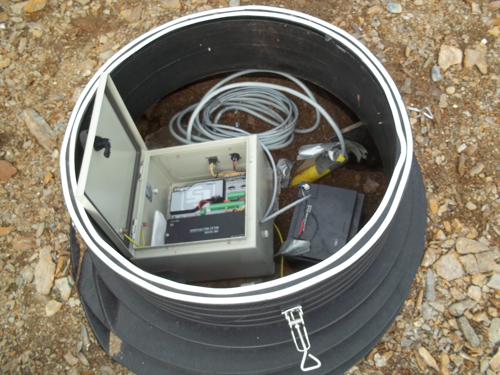

After the tour, Mike and I headed out to the karst area for probably our last time to recover cores from Hanna/Elin's and Lauren/Lukas' lakes. The cores will serve as a final piece of data for the groups but also serve as an introduction to another learned field technique used to analyze lacustrine systems.
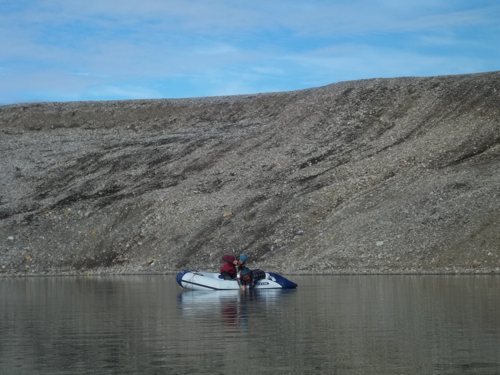
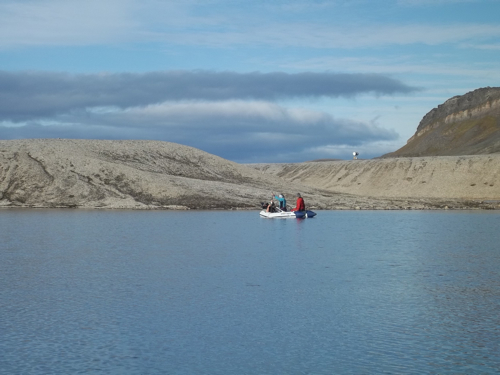
Coring went great! My sentences are getting shorter as I feel sleep being extremely necessary if the next few days are going to go at all well. Night folks...
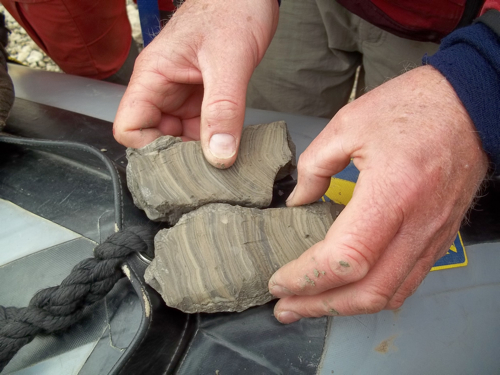


Comments